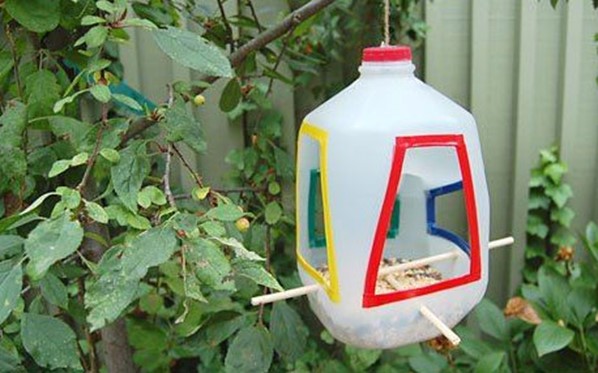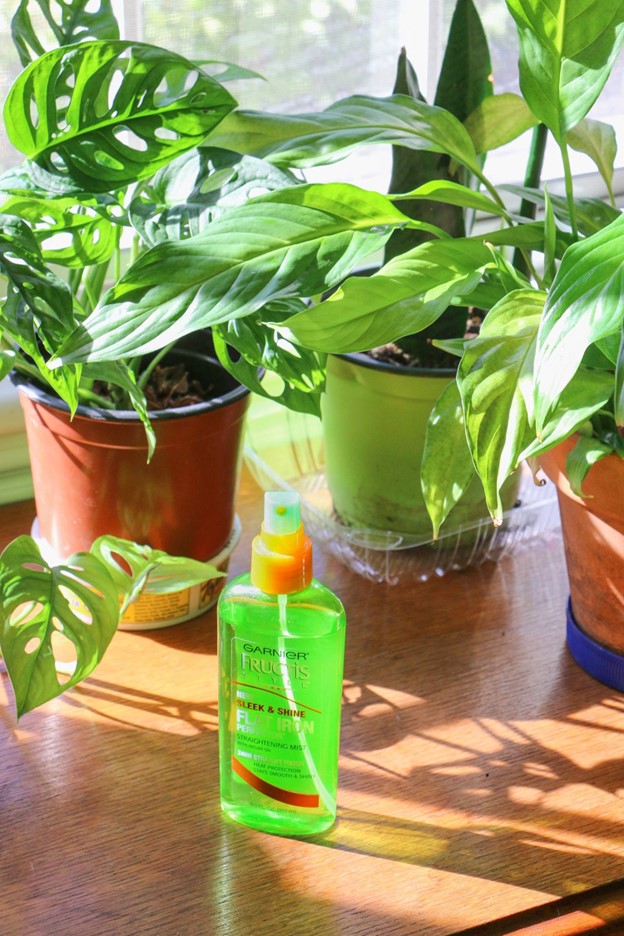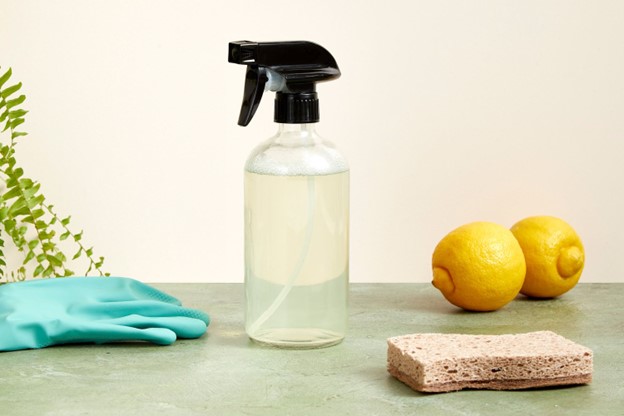REPURPOSE Instead of Recycle!
Are you aware that recycling isn’t always the best answer for our plastic? This is because it isn’t used immediately—much of it gets stashed for later purposes. But stashed where and how?

According to the folks at www.simpleecology.com, “Since the beginning of plastic production in the 1950s, of all plastic ever created (an estimated 8.3 billion metric tons), only about 9% has been successfully recycled. In 2021, America’s recycling rate fell to only 5-6%. Recycling is hindered by the messy politics of plastic production and pollution (such as reliance on the fossil fuel industry, the development of waste colonialism, and the current recycling system’s complete lack of transparency). It’s a broken system…”
Rather than recycling, it’s better to focus on sustainable, reusable options instead. If you find yourself with an overflowing cabinet of washed takeout containers and ketchup and mustard bottles, or the dreaded plastic bag filled with plastic bags, you may appreciate these easy ways to reuse and repurpose common household plastics. (Like making a bird-feeder from a milk jug.)

CHIP, BREAD, FROZEN FOOD BAGS: Use them to hold litter you see when walking or hiking. You’ll be (metaphorically) killing two birds with one stone, repurposing waste and cleaning up the environment around you.
They can also be reused as poo bags on walks. It’s much better to repurpose something that’s destined for landfill and save yourself money, rather than specifically buying bags for the sole purpose of putting them in the trash. Just tie these bags around a leash handle and you’ll have them whenever the moment strikes.

TAKEOUT CONTAINERS AND FOOD PACKAGING: Make the best of the situation by reusing these containers at home and in the garden. The easiest way to repurpose this food packaging is to simply fill it up with food again (leftovers, dried goods in the pantry, etc.). Just be sure to label opaque containers so you don’t forget what’s inside.
They can also be good for freezing chopped produce, fresh squeezed juices, or homemade fruit and pumpkin purees (but leave some extra room in the container for the expanding liquids).
And they’re good for gardening chores. The lids and bottoms of solid clamshell containers can be separated and placed under pots to make free plant saucers. Taller containers can be made into pots themselves, simply poke a few holes at the bottom for drainage, and place the matching lid underneath as a saucer. Also, use them to store your self-harvested seeds.

TINY TAKEOUT SAUCE AND CONDIMENT CONTAINERS: They’re the perfect size for storing and organizing dibs and dabs of foods. They’re also great for traveling (holding a weekend-amount of lotions). Or fill a cup with a week’s-worth of vitamins, supplements, or medication so you needn’t pack the larger original bottles they come in. They can also hold your earbud wires (an easy way to avoid tangles!).
CLEANING AND BATHROOM SPRAY BOTTLES: Clean the spray nozzles commonly found on cleaning supplies and beauty and fill with your own DIY natural cleaning recipes.
Cleaned spray bottles also make the perfect misters for high-humidity indoor plants (Norfolk Pine and ferns, for instance). You’ll save electricity by not running plug-in humidifiers. For outdoor gardens, these bottles are also good for DIY natural pesticides, fungicides, or insecticides.

SQUEEZE BOTTLES: One of the best ways to reuse these bottles is to make your own versions of condiments and refill them. And if you’re crafty and into tie-dying, empty condiment squeeze bottles are perfect for this.
MORE RE-PURPOSE IDEAS: The zip-top bags tortillas and shredded cheeses come in are good for leftover storage. Old toothbrushes make perfect grout-cleaning tools, easy window blind scrubbers, and stain-removing scrubbers in the laundry. Old sponges can be torn up and used in arts and crafts projects. Tofu containers can be repurposed as small planters or saucers, or as a container for collecting and drying fruits and flowers prior to collecting seeds.

Take-out plastic utensils can be stored in a purse, backpack, or car for reusing when eating on the go, or repurpose them at home as plant identifier tags. Flat gelato spoons can be reused as plant identifier tags, a paint mixer tool for arts and crafts, or for applying your favorite face mask or refillable cream deodorants.
Lastly, refill plastic beverage bottles with water and store them in your car or backpack for emergencies, you’ll never know when you, your pet, or someone else might need extra water, so it’s a great to have some stashed away.
In appreciation for your reading through this repurposing tutorial, here’s a great recipe for a DIY household cleaner(from www.goodhousekeeping.com) that really works!

1 part white vinegar
1 part water
lemon peel
sprig rosemary (several)
Directions:
Add Recipe to Cook'n

According to the folks at www.simpleecology.com, “Since the beginning of plastic production in the 1950s, of all plastic ever created (an estimated 8.3 billion metric tons), only about 9% has been successfully recycled. In 2021, America’s recycling rate fell to only 5-6%. Recycling is hindered by the messy politics of plastic production and pollution (such as reliance on the fossil fuel industry, the development of waste colonialism, and the current recycling system’s complete lack of transparency). It’s a broken system…”
Rather than recycling, it’s better to focus on sustainable, reusable options instead. If you find yourself with an overflowing cabinet of washed takeout containers and ketchup and mustard bottles, or the dreaded plastic bag filled with plastic bags, you may appreciate these easy ways to reuse and repurpose common household plastics. (Like making a bird-feeder from a milk jug.)

CHIP, BREAD, FROZEN FOOD BAGS: Use them to hold litter you see when walking or hiking. You’ll be (metaphorically) killing two birds with one stone, repurposing waste and cleaning up the environment around you.
They can also be reused as poo bags on walks. It’s much better to repurpose something that’s destined for landfill and save yourself money, rather than specifically buying bags for the sole purpose of putting them in the trash. Just tie these bags around a leash handle and you’ll have them whenever the moment strikes.

TAKEOUT CONTAINERS AND FOOD PACKAGING: Make the best of the situation by reusing these containers at home and in the garden. The easiest way to repurpose this food packaging is to simply fill it up with food again (leftovers, dried goods in the pantry, etc.). Just be sure to label opaque containers so you don’t forget what’s inside.
They can also be good for freezing chopped produce, fresh squeezed juices, or homemade fruit and pumpkin purees (but leave some extra room in the container for the expanding liquids).
And they’re good for gardening chores. The lids and bottoms of solid clamshell containers can be separated and placed under pots to make free plant saucers. Taller containers can be made into pots themselves, simply poke a few holes at the bottom for drainage, and place the matching lid underneath as a saucer. Also, use them to store your self-harvested seeds.

TINY TAKEOUT SAUCE AND CONDIMENT CONTAINERS: They’re the perfect size for storing and organizing dibs and dabs of foods. They’re also great for traveling (holding a weekend-amount of lotions). Or fill a cup with a week’s-worth of vitamins, supplements, or medication so you needn’t pack the larger original bottles they come in. They can also hold your earbud wires (an easy way to avoid tangles!).
CLEANING AND BATHROOM SPRAY BOTTLES: Clean the spray nozzles commonly found on cleaning supplies and beauty and fill with your own DIY natural cleaning recipes.
Cleaned spray bottles also make the perfect misters for high-humidity indoor plants (Norfolk Pine and ferns, for instance). You’ll save electricity by not running plug-in humidifiers. For outdoor gardens, these bottles are also good for DIY natural pesticides, fungicides, or insecticides.

SQUEEZE BOTTLES: One of the best ways to reuse these bottles is to make your own versions of condiments and refill them. And if you’re crafty and into tie-dying, empty condiment squeeze bottles are perfect for this.
MORE RE-PURPOSE IDEAS: The zip-top bags tortillas and shredded cheeses come in are good for leftover storage. Old toothbrushes make perfect grout-cleaning tools, easy window blind scrubbers, and stain-removing scrubbers in the laundry. Old sponges can be torn up and used in arts and crafts projects. Tofu containers can be repurposed as small planters or saucers, or as a container for collecting and drying fruits and flowers prior to collecting seeds.

Take-out plastic utensils can be stored in a purse, backpack, or car for reusing when eating on the go, or repurpose them at home as plant identifier tags. Flat gelato spoons can be reused as plant identifier tags, a paint mixer tool for arts and crafts, or for applying your favorite face mask or refillable cream deodorants.
Lastly, refill plastic beverage bottles with water and store them in your car or backpack for emergencies, you’ll never know when you, your pet, or someone else might need extra water, so it’s a great to have some stashed away.
In appreciation for your reading through this repurposing tutorial, here’s a great recipe for a DIY household cleaner(from www.goodhousekeeping.com) that really works!

Scented All-Purpose Cleaner
Ingredients:
1 part white vinegar
1 part water
lemon peel
sprig rosemary (several)
Directions:
Combine the above ingredients together, pour into a spray bottle, shake, and then let infuse for a week before using. Once done, you can use the homemade all-purpose cleaner to remove hard water stains, clean trash cans, wipe away wall smudges, and much more. Besides a fresh scent, the lemon rind may help boost cleaning power. Caution: Do not use acidic cleaners on granite, as they will etch the stone and proceed cautiously on stainless steel. Some manufacturers recommend against using vinegar on their appliance surfaces.
Recipe formatted with the Cook'n Recipe Software from DVO Enterprises.
 Alice Osborne
Alice Osborne
Weekly Newsletter Contributor since 2006
Email the author! alice@dvo.com
